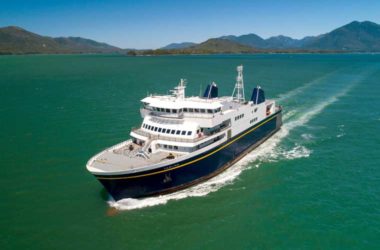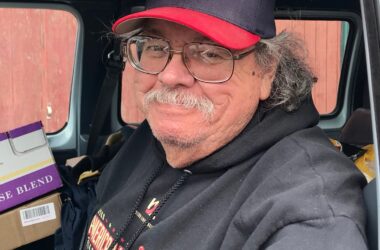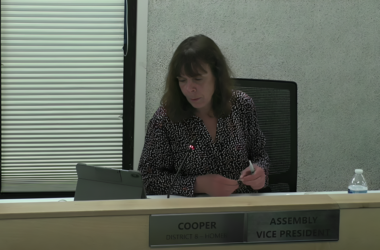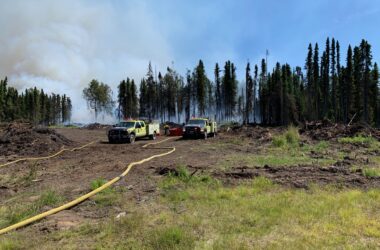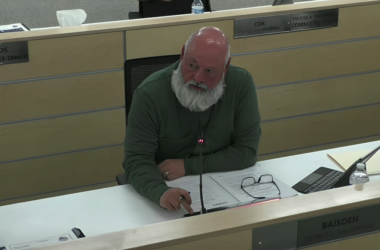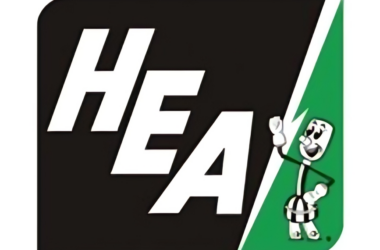HOMER — The volunteer Alaska Dive, Search, Rescue and Recovery Team says it is technically prepared to raise the 28-foot aluminum boat that sank in Kachemak Bay last August, but only if a significant amount of money and logistical support can be secured first.
In a Sunday Facebook update, the nonprofit explained that lifting the wreck—which rests in 180 to 220 feet of water roughly 16 miles west of the Homer Spit—would involve “very high” costs and “considerable risk” because of relentless currents, limited diver bottom time, specialized breathing gas requirements, and Homer’s notoriously fickle weather.
“Yes, we can raise the boat, but the funds and support must be there before it can happen,” the team wrote, noting that its donation account is already strained by the need to replace a remotely operated vehicle, finish rebuilding a second response vessel, and bankroll future search missions.
The sunken craft is the same vessel that capsized on Aug. 3, 2024, killing a Texas family of four—David and Mary Maynard and their sons, Colton and Brantley—and sparking a months-long search for answers. Four other people aboard survived after reaching a life raft.
Last month, ADSRR divers, working alongside Alaska Wildlife Troopers, recovered human remains from the wreck during two deep-water operations—an effort that finally provided the Maynard family “confirmation and closure,” the group said. Any additional remains discovered during a lift would be handled “correctly and respectfully.”
Why a lift would be costly
Bringing the boat to the surface would likely take several days of dive work, plus weather delays, the team said. Once afloat, crews would have to boom the hull for pollution control, de-water the vessel, secure loose equipment and tow it back to Homer, where a storage site, hazardous-materials cleanup and long-term custody would all have to be arranged. Volunteers would also lose wages from their regular jobs during the operation, another cost the nonprofit hopes to offset.
Key questions still unanswered
The dive team emphasized that state investigators such as the Department of Public Safety or the National Transportation Safety Board typically request and fund salvage operations only when recovery is essential to an inquiry. Even if the boat is raised, “people who want answers may not get them—only that the boat is out of the water,” the post said.
Crucially, the group added, “The family’s wishes should be part of the decision-making process.” Without the Maynards’ explicit approval and a clear investigative purpose, the team questioned whether the risk and expense would be justified.
For now, ADSRR says it stands ready—but only once a funding plan, a stable weather window, and broad community backing are all in place.
Photo credit: Alaska Dive Search Rescue and Rescue Team Facebook.

